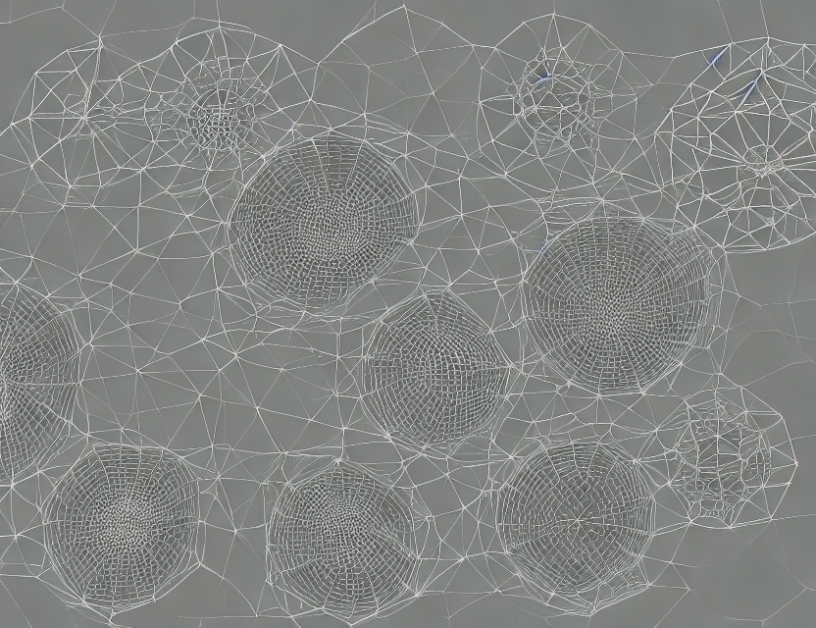In this article, we delve into the fascinating world of symmetry detection in 3D shapes. Symmetry, a fundamental concept in geometry, is essential for understanding and analyzing 3D objects. The authors comprehensively survey the existing methods for detecting symmetries in 3D shapes, classifying them into two categories: intrinsic and extrinsic symmetries.
Intrinsic symmetries are characterized by being invariant to isometric transformations, such as pose-independent symmetries in human bodies. Extrinsic symmetries, on the other hand, depend on the position and orientation of the object and are often detected using geometric hashing, voting techniques, feature lines, or direct correspondence matching.
The authors highlight the limitations of traditional methods, including their reliance on hand-crafted features and the lack of generalization capabilities. To address these limitations, they propose a novel approach that leverages the power of neural networks to improve upon existing techniques. Their method includes three stages: feature selection, aggregation, and extraction.
The authors demonstrate the effectiveness of their approach through extensive experiments on several benchmark datasets. They show that their method outperforms state-of-the-art methods in terms of both accuracy and efficiency. The article concludes by discussing future research directions and potential applications of symmetry detection in 3D shapes, such as robotics, computer vision, and art conservation.
Throughout the article, the authors use engaging analogies to explain complex concepts. For instance, they compare the process of detecting intrinsic symmetries to solving a jigsaw puzzle, where the pieces need to fit together perfectly. They also liken the detection of extrinsic symmetries to finding hidden patterns in a mosaic, where the pieces must be rearranged to reveal the underlying design.
In summary, this article provides a comprehensive overview of the current state-of-the-art methods for detecting symmetries in 3D shapes, highlights their limitations, and proposes a novel approach that leverages the power of neural networks to improve upon existing techniques. The authors demonstrate the effectiveness of their method through extensive experiments and provide insights into future research directions and potential applications.
Computer Science, Computer Vision and Pattern Recognition
Symmetry Detection in 3D Models via Self-Supervised Learning



